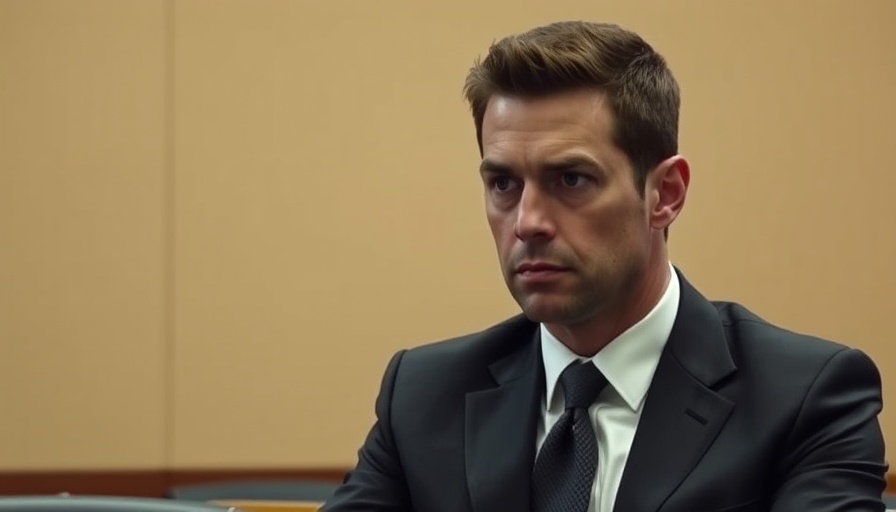
The Life-Saving Actions of Amtrak Officer Eddie Alderson
When a life hangs in the balance, every second counts. This truth was vividly demonstrated on a recent day at Philadelphia's 30th Street Station, where timely intervention by Amtrak Officer Eddie Alderson saved the life of a fellow worker. The dramatic incident unfolded when conductor Steven Smart collapsed in the café car, prompting an immediate call for urgent help.
Officer Alderson, facing the chaos and uncertainty of the moment, sprang into action, quickly recognizing the severity of the situation. "All we see is an unconscious man laying on the floor," he recalled. Knowing that in such cases, the speed of response can make the difference between life and death, he accessed an automatic external defibrillator (AED) and commenced CPR. The tension escalated as Officer Alderson navigated the challenges of administering life-saving procedures in a cramped train space.
The Vital Role of Training in Crisis Management
This episode underscores the critical importance of training and preparedness in crisis situations for all public safety personnel. Officer Alderson, a former EMS medic, exemplified the value of swift decision-making and practical training—a principle echoed throughout public safety sectors. The training programs that emphasize crisis management, such as those focusing on CPR and AED usage, can mean the difference between a tragedy and a recovery.
Public safety agencies, like police departments and transit authorities, should prioritize such training initiatives to enhance officer capability in emergency situations. Funding and resources directed towards these training programs not only equip officers with essential skills but also foster greater community trust in public service efficacy.
Community Trust: A Two-Way Street
In the aftermath of this heroic act, the responses have shed light on the importance of community engagement and public trust in law enforcement. Recounting their reunion later, Smart expressed deep gratitude, praising Alderson as a "real-life angel." Such testimonials reinforce the notion that fostering personal connections through officer presence and proactive community engagement strategies is vital for building trust with the public.
As policing evolves with the incorporation of technology and innovative approaches, maintaining these human connections remains paramount. Law enforcement must balance modern tactics with an emphasis on transparency and accountability, nurturing relationships with the communities they serve.
The Future of Policing and Emergency Response
The incident with Officer Alderson serves as a crucial case study for future improvements in both police training and public safety strategies. Incorporating advancements in technology, such as real-time analytics and surveillance systems, can enhance responders' situational awareness. However, not to be overshadowed, the human element of crisis response—personified by Officer Alderson—must be at the forefront of public safety efforts.
The integration of technology should support, not replace, the compassion and courage demonstrated through human interaction. Forward-thinking policies should explore avenues for technological advancement while simultaneously reminding officers of the quintessential duty: to protect and serve.
Conclusion: Building a Robust Public Safety Framework
This event serves as a poignant reminder of the fundamental role police officers and public safety professionals play in safeguarding lives, often under immense pressure. With the combination of effective training, community engagement, and technology integration, law enforcement agencies can enhance their crisis response capabilities. It brings forth a call to action: we must invest in these areas to ensure such heroic actions can be repeated in the future.
The courageous response of Officer Alderson illustrates the profound impact one individual can have in a crisis. It emphasizes our responsibility, as a community, to support training initiatives, foster engagement, and commit to reforms that enhance the bond between law enforcement and the citizens they protect. In doing so, we build a more resilient society.
 Add Row
Add Row  Add
Add 

 Add Element
Add Element 




Write A Comment